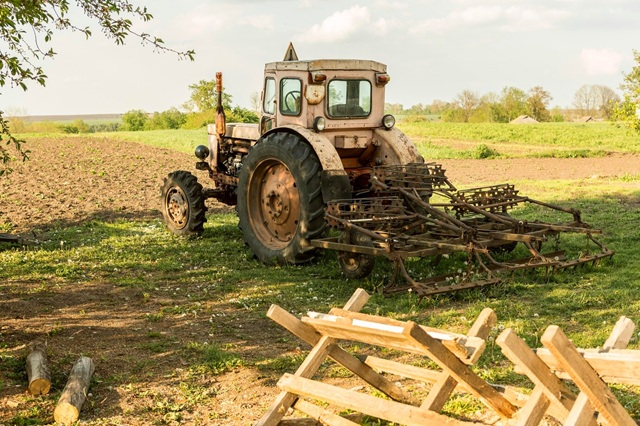
What are the uses of subsoilers in agriculture?
Agriculture has witnessed a tremendous transformation in recent decades with the introduction of modern farming equipment. Among these, subsoilers have gained prominence for their ability to improve soil structure and boost crop yields. Subsoilers are powerful tillage tools designed to break up compacted soil layers beneath the surface, making it easier for roots to grow and water to penetrate deeply.
In this article, we will explore what subsoilers are, their various uses in agriculture, and the benefits they offer to modern farming practices.
What is a Subsoiler?
A subsoiler is a tractor-mounted agricultural implement used for deep tillage. It breaks up hardpan or compacted soil layers that lie beneath the surface plow layer, usually at a depth of 12 to 24 inches. Unlike traditional plows that work only on the topsoil, subsoilers penetrate deeper, improving the soil’s overall health and structure.
Subsoilers come in various sizes and configurations and can be single-shank or multi-shank depending on the size of the field and the tractor’s horsepower.
Key Components of a Subsoiler
Understanding the structure of a subsoiler helps farmers use it more effectively:
- Shanks (or Legs): The vertical blades that dig deep into the soil.
- Frame: The structural body that supports the shanks.
- Point or Foot: The tip of the shank that cuts through the soil.
- Wings (optional): Lateral attachments that lift and fracture more soil.
- Gauge Wheels (optional): Help control depth and prevent excessive soil disturbance.
Main Uses of Subsoilers in Agriculture
Subsoilers play a crucial role in modern farming. Below are some of the primary agricultural uses of subsoilers:
1. Breaking Soil Compaction
One of the most significant benefits of using a subsoiler is the elimination of soil compaction. Soil compaction occurs due to repeated use of heavy machinery or livestock movement. Compacted soils hinder root growth and restrict water and nutrient uptake.
- Improves root penetration
- Enhances water absorption
- Promotes better aeration
2. Improving Water Infiltration and Drainage
Subsoilers create vertical channels that allow water to penetrate deeper into the soil, reducing runoff and surface erosion.
- Helps retain water during dry spells
- Prevents waterlogging in poorly drained soils
- Increases efficiency of irrigation
3. Boosting Crop Yields
Healthy, aerated soil means better root growth and nutrient uptake, which in turn leads to higher crop productivity. Subsoilers optimize field conditions for various crops such as wheat, corn, sugarcane, cotton, and more.
4. Reducing Soil Erosion
Subsoilers break up the crusted surface and promote water infiltration, reducing the velocity of water runoff. This helps in controlling soil erosion, especially on sloped or hilly terrains.
- Prevents topsoil loss
- Maintains soil fertility
- Supports sustainable farming practices
5. Enhancing Soil Aeration
Deeper tillage by subsoilers creates air pockets that allow oxygen to reach deeper layers of soil, encouraging microbial activity and root respiration.
- Boosts soil life
- Facilitates decomposition of organic matter
- Improves soil structure over time
6. Rehabilitating Neglected or Unproductive Land
Subsoilers can revive and regenerate soil health by breaking compacted layers and reintroducing proper airflow and moisture in lands left fallow or degraded.
7. Preparing Fields for Tree Plantations
Subsoiling is often done before planting fruit orchards or commercial plantations such as grapes, mangoes, or rubber trees to ensure deep root growth and groundwater access.
When Should You Use a Subsoiler?
Subsoiling should be done only when necessary. Overuse can disturb the natural soil profile. Ideal conditions include:
- When water pools on the surface and does not drain
- When crops show stunted growth due to poor root development
- When there is a visible plow pan or compacted layer
- Before sowing deep-rooted crops or trees
Types of Subsoilers
Depending on the application and soil type, farmers can choose from different kinds of subsoilers:
- Standard Subsoilers: Ideal for general use and moderately compacted soils.
- Parabolic Subsoilers: Designed for deep tillage with minimal surface disturbance.
- Straight Shank Subsoilers: Suitable for minimal soil lifting and maximum penetration.
- Winged Subsoilers: Feature wings on the shanks for wider soil fracturing.
Benefits of Using Subsoilers
- Breaks compacted soil layers and plow pans
- Enhances root development and nutrient uptake
- Promotes deep water infiltration and better drainage
- Prevents waterlogging and soil erosion
- Improves aeration and microbial activity in the soil
- Boosts crop yield and overall farm productivity
- Reclaims degraded or unproductive land
Limitations of Subsoiling
While subsoilers offer numerous benefits, consider the following challenges and limitations:
- Requires high horsepower tractors for deep tillage
- Not suitable for very rocky or extremely dry soils
- May increase fuel consumption
- Overuse can disturb lower soil layers
Conclusion
Subsoilers are indispensable tools in modern agriculture, especially for farmers looking to improve soil health, water management, and crop yields. By effectively breaking up compacted layers and promoting deeper root penetration, subsoilers pave the way for sustainable and productive farming.
However, like any agricultural implement, they must be used judiciously and at the right time to achieve optimal results. For any farmer or agricultural enterprise serious about improving their land’s long-term fertility, investing in a subsoiler can be a game-changer.


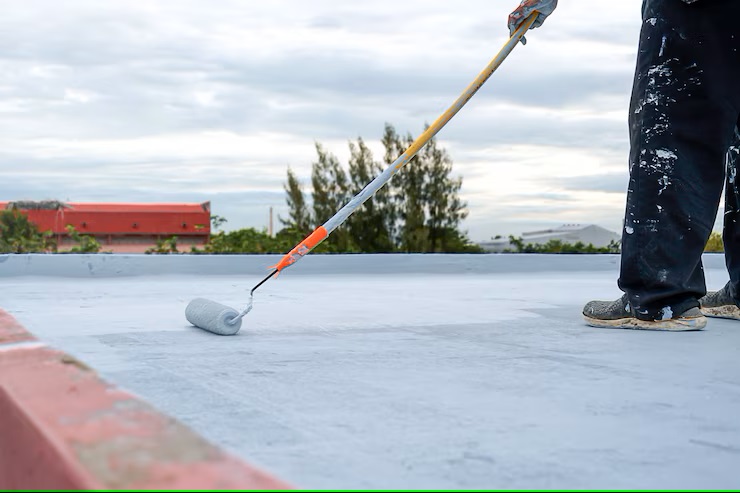
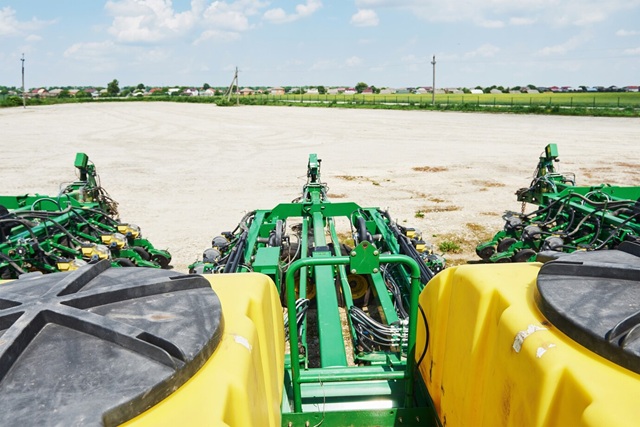

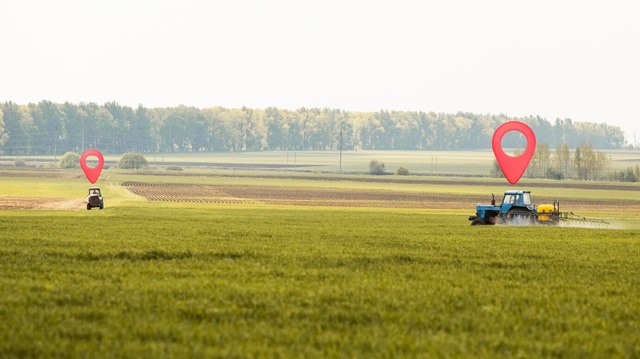

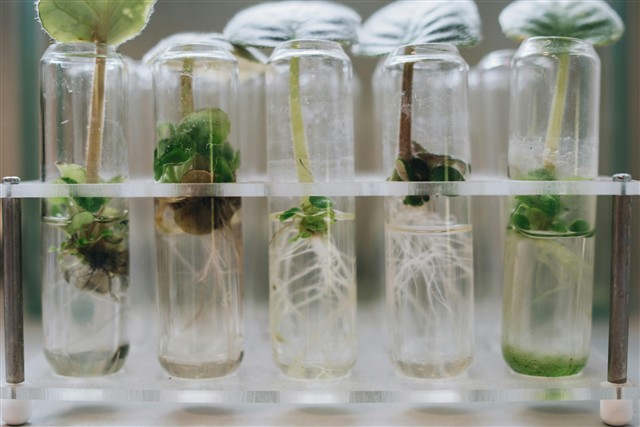
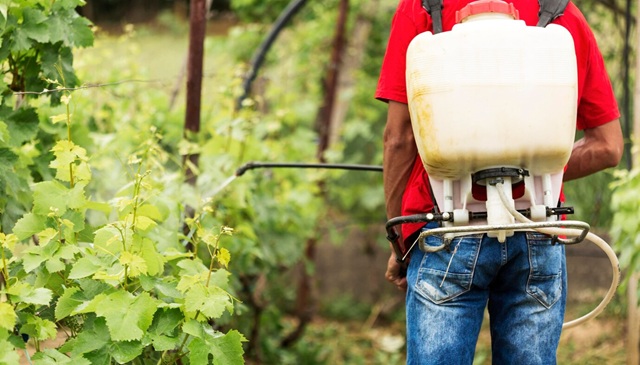







Post Comment